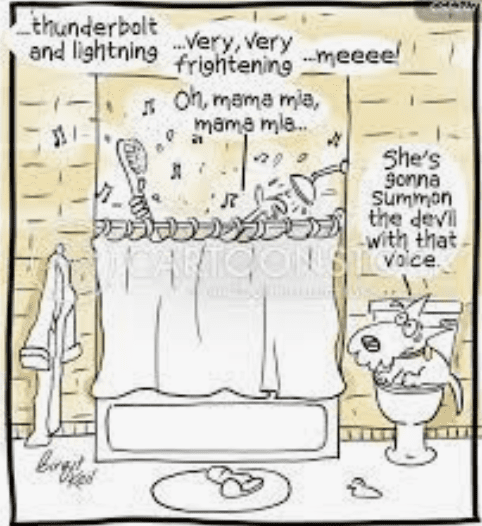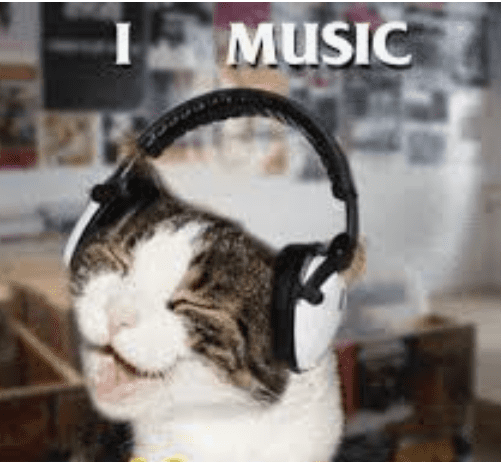Explore the Michelle Ostrove Blog
Everyone is born with certain links or connections in the brain which effects their abilities and also their weaknesses. The good news is these weaknesses can be altered by extensive practice. So, if you think you cannot sing or do not have the talent, there is a way to strengthen your weaknesses. If you think you have no musical talent to play the piano, you will never know until you try. It’s the same with songwriting, try and try until…
Read MoreSinging involves a vocal mechanism that is comprised of three voice subsystems. We have all heard about diaphragm support, but it’s actually more than just your diaphragm. You have an air pressure system that works together for breath support, a vibratory system and the resonating system. The air pressure system includes the diaphragm, muscles around the chest area, muscles around the rib cage, abdominal muscles and the lungs. The abdominal muscles are the primary muscles used when you exhale. The…
Read MoreI’m sure you have heard the saying “you can’t love someone else until you love yourself.” You have to feel it in order to project it to someone else. To put emotion into your singing or playing piano, you must feel the emotion yourself. Whether it’s joy, sadness, longing, pain, love, etc., you must feel it in order to release it to others. You have to feel the song and take the audience on an emotional journey with you. For…
Read MoreIt’s important to create your own unique sound and style as a singer. The sound of each individual’s singing voice is entirely unique because of the actual shape and size of an individual’s vocal cords, sinus cavity and physical structure of each individual. The job of every singer is cultivating their voice by making a song sound good without any music to accompany the singing. Here are three steps to help cultivate your singing voice. The first step is to…
Read MorePart of getting the most out of your singing voice is to understand your own voice type. When you have a better understanding of your own anatomy, you are more able to know what to expect from your voice. Knowing your voice type is really handy if you want to sing in a community choir, audition for a music theatre production or join a vocal ensemble. We are going to look at six common voice types. Typically, in a choir…
Read MoreWe’ve looked at the coordinated, aspirate and hard onset. The last vocal onset called the vocal fry which sounds like a growl. To have a great voice you have to work at technique. There is a technique called the “vocal fry”, which is a healthy husk (growl) or raspy sound you can produce in your voice. The vocal fry is the lowest register of your voice. It is considered a vocal onset, which we discussed in the previous blogs. How…
Read MoreMost people will sing freely without paying attention to what their voice sounds like. To create a polished and professional sound, it’s all about control in the details. The hard onset, also called the glottal onset or hard attack of a note can really make your voice stand out from the rest. There is a gap between the two vocal cords (folds), which is called the glottis. The vocal cords open and close like a curtain. The ligaments and muscles…
Read MoreLast week we looked at an overview of four approaches to singing and a more in depth look at the coordinated onset. We are going to discuss the aspirate onset, also called the breathy approach to singing. The aspirate onset is a way to sing a note in a soft approach. It is the breathy singing voice like Marilyn Monroe. This is a fancy way of saying that you start with an “h” sound. The aspirate vocal onset happens when…
Read MoreThe last blog briefly talked about four approaches to singing: coordinated, aspirate, hard (glottal) and vocal fry. Today we will look at the coordinated onset. The most important fundamental technique in singing is that of a coordinated onset, also called the balanced onset. The onset is how you start a note or phrase: the beginning of sound. It is the coordinated onset that gives you a clean start to initiate your sound. A coordinated/balanced onset occurs when the vocal folds…
Read MoreThere are three basic approaches to singing a note and one special method called vocal fry. These approaches when singing a note are called the vocal onset. Vocal onset is the way you initiate a pitch or how you begin to sing a note. How you initiate a pitch effects the quality of your sound throughout the musical phrase. The four vocal tone onsets are: The coordinated onset (balanced onset), airflow & vocal folds are brought together at the same…
Read More








